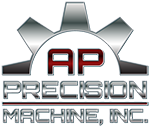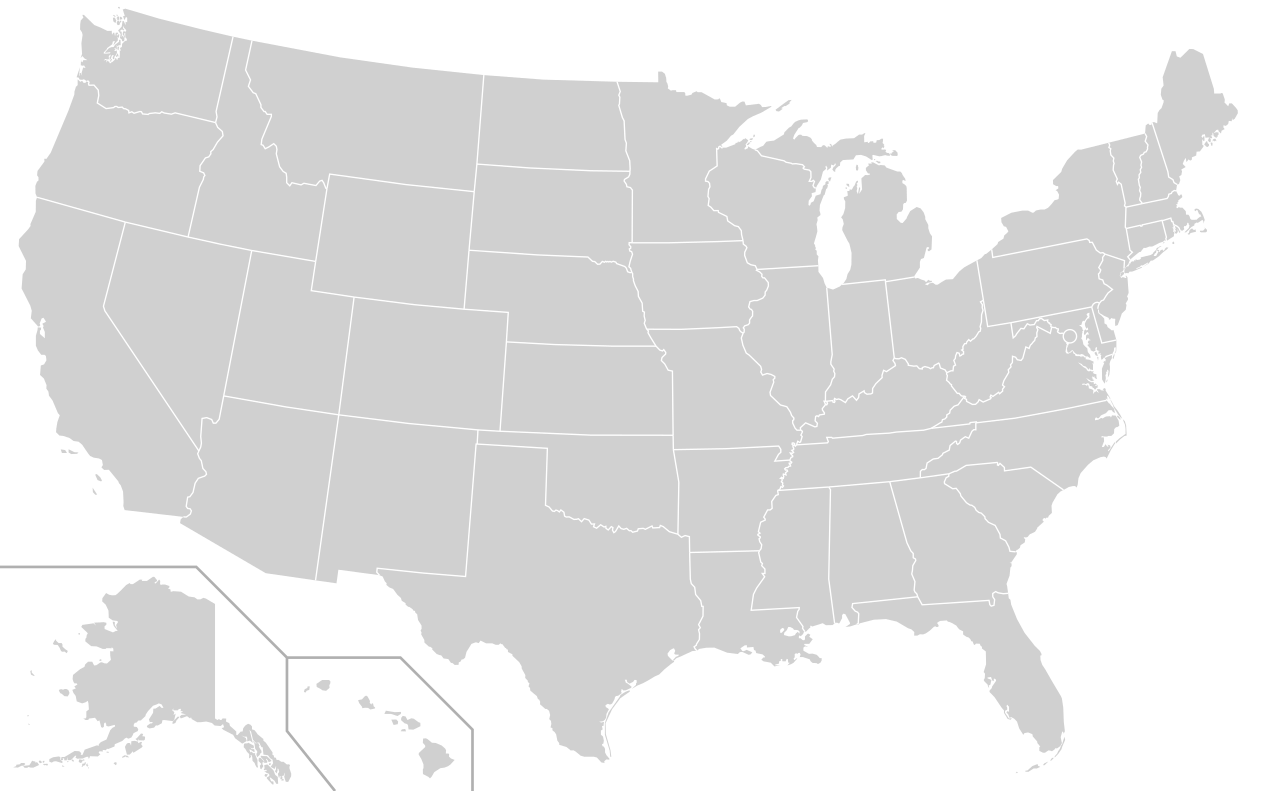In today’s modern industry—especially in sectors like aerospace, pharmaceutical, cosmetics, and automotive—precision in part manufacturing is not just a competitive edge; it’s a requirement. In this context, the CNC (Computer Numerical Control) process has become a cornerstone of on-demand manufacturing.
If you work in project development, production engineering, or are responsible for industrial procurement, understanding how CNC works can be the deciding factor in ensuring quality, deadlines, and efficiency in your projects. In this article, we’ll explore what CNC is, how it operates in practice, and why it’s indispensable for any application requiring accuracy.
What is CNC?
CNC stands for Computer Numerical Control. It is a system that automates the control of machine tools (such as lathes, milling machines, and machining centers) using programmed commands written in specific codes, usually G-code.
Instead of relying on manual operation to move cutting tools, CNC does this with extremely high precision, repeatability, and consistency.
How Does the CNC Process Work?
The CNC process can be broken down into the following stages:
- Project Reception (Technical Drawing)
The starting point is always the technical drawing sent by the client. It defines the dimensions, tolerances, materials, and geometries of the part. At AP Precision Machine, this file is reviewed for feasibility and accurate interpretation. - Machine Programming
With the drawing in hand, a CNC programmer converts the information into an instruction code that the machine will read. This code defines every movement of the tool: axis, speed, cutting depth, rotation, and more. - Machine Setup
At this stage, the raw piece (material block) is precisely secured in the machine, and the tools are adjusted according to project requirements. This step is critical to avoid deviations and rework. - Automated Machining
Once everything is ready, the machine executes the programmed commands automatically, removing material until the part matches the exact shape and specifications. Throughout the process, sensors and operators monitor quality. - Quality Control
After machining, the part is measured with precision instruments such as digital calipers, micrometers, or CMMs to ensure all tolerances meet the defined standards.
Why is CNC Essential for Precision Projects?
High Repeatability
Once programmed, a CNC machine can repeat the same process with extreme precision, significantly reducing human error and batch-to-batch variations.
Consistent Quality
CNC ensures minimal tolerances—critical for industries that deal with complex components and demand high performance, like aerospace and pharmaceuticals.
Speed and Agility
Even complex projects are completed faster, with quick programming adjustments. For example, AP Precision Machine stands out for its fast turnaround without compromising on quality.
Versatility
CNC lathes and mills work with a wide range of materials: stainless steel, aluminum, engineering plastics, specialty alloys, and more. This makes the process ideal for various applications—from metal structures to machine parts.
Cost Reduction
Despite the investment in technology, CNC machining reduces material waste, rework, and labor, resulting in competitive pricing, as is the case at AP Precision Machine.
What Types of Industries Benefit Most from CNC?
CNC is essential for companies and engineers who need:
- Technical parts for machine and equipment assembly
- Precision components for packaging and automation
- Specialized devices for laboratories or pharmaceutical systems
- Functional prototypes with tight tolerances
- Small or medium production runs on demand
CNC in Practice: What to Expect from AP Precision Machine
At AP Precision Machine, each project is handled with the care of an experienced company committed to efficiency. With over 20 years of experience and direct contact with the owners, the CNC process is conducted with responsibility, quality, and realistic lead times.
Additionally, the company serves multiple industries and ships custom parts across the United States.
Request your quote with the project’s technical drawing.


